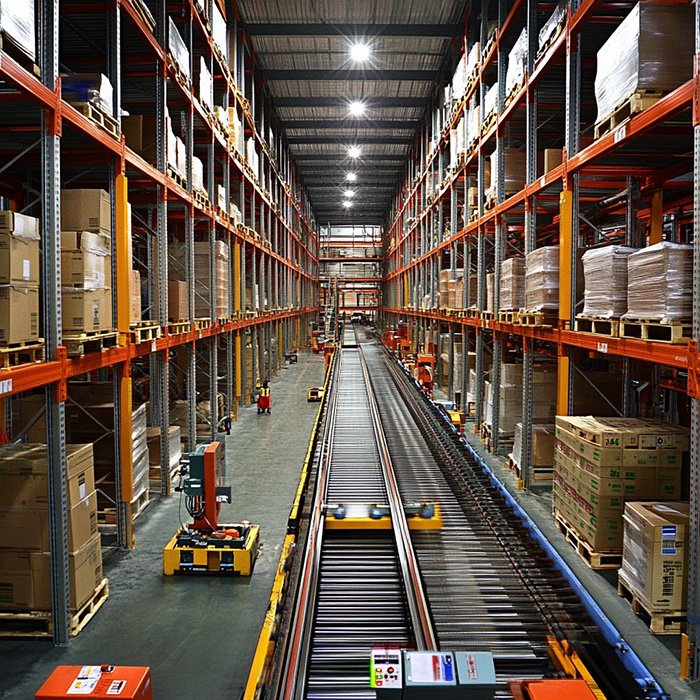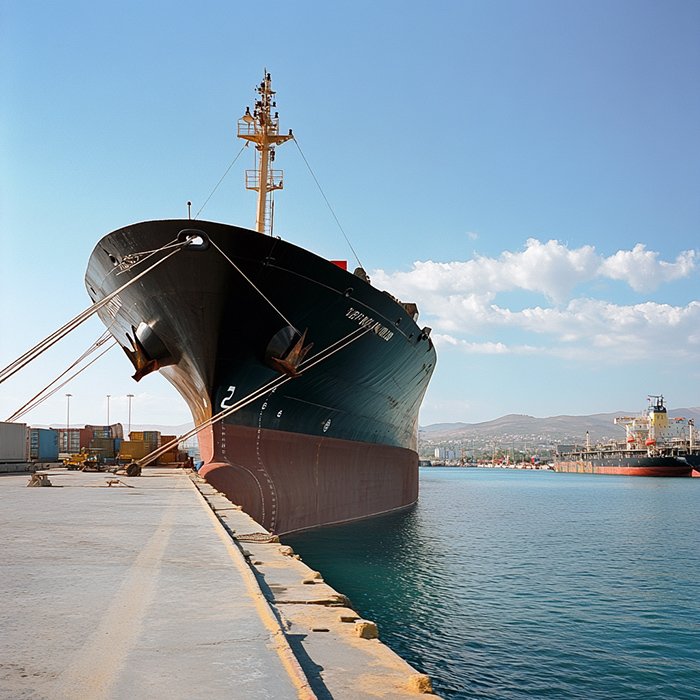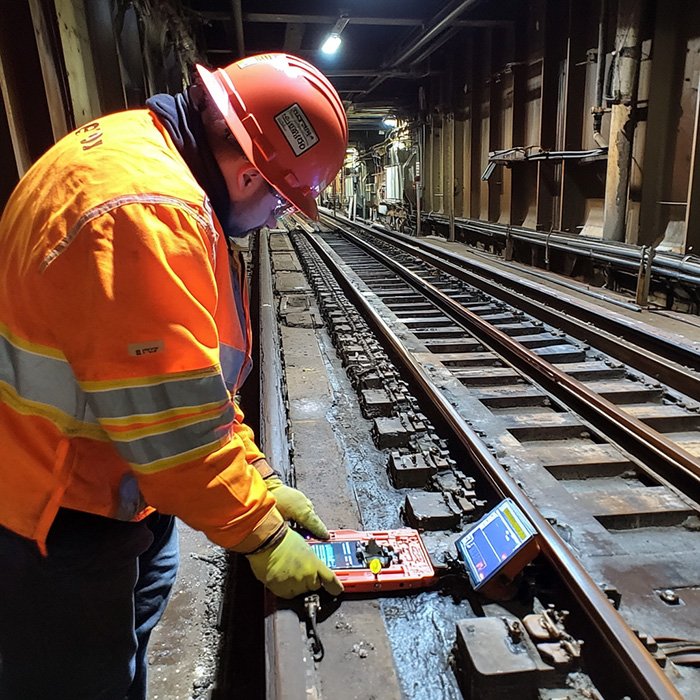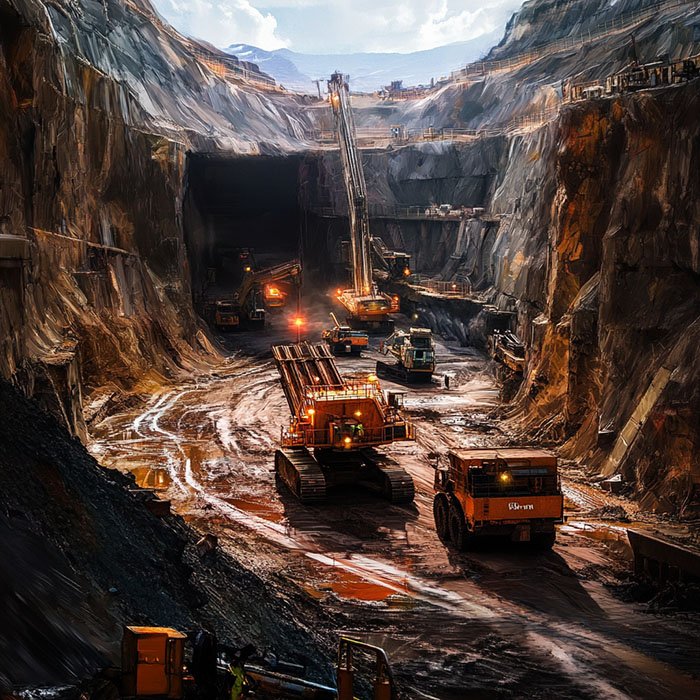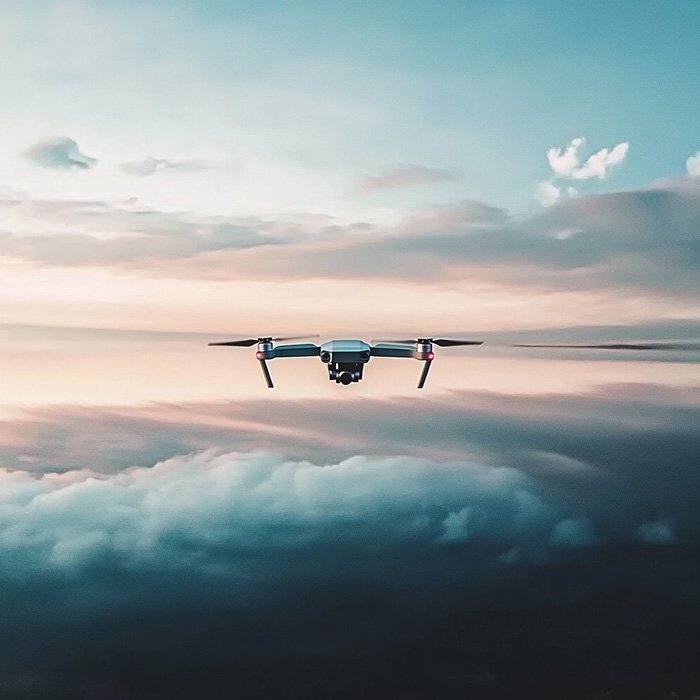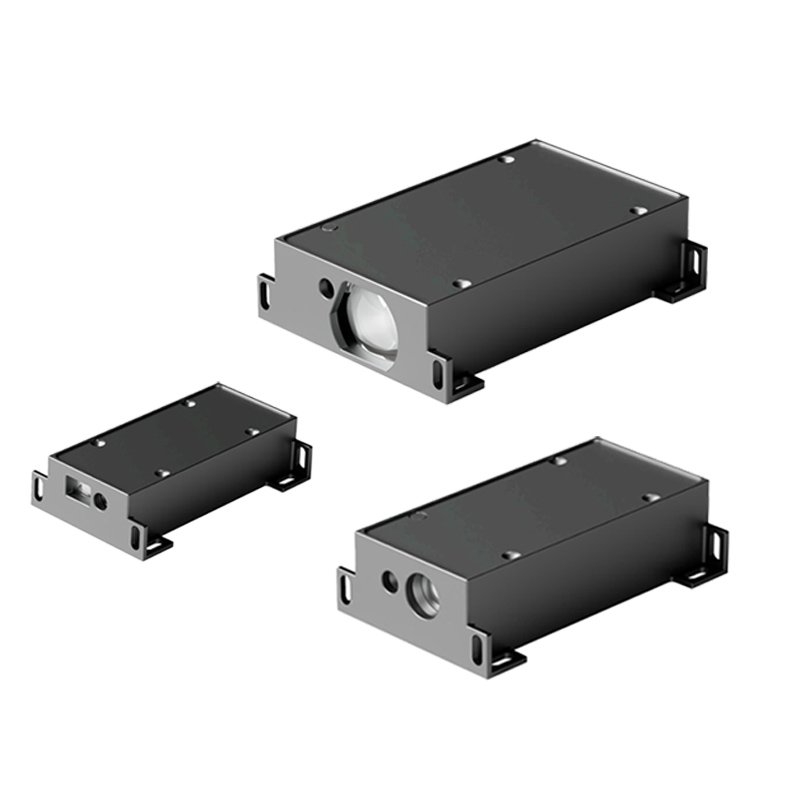Control de precisión del sensor láser de distancia en la deformación
Fondo
La aplicación del sensor láser de distancia en deformación se centra principalmente en la medición de presas, muros, etc., y desempeña un papel crucial en la prevención de inundaciones repentinas, derrumbes de muros y otros riesgos. Con el desarrollo de la industria y las infraestructuras, cada vez más proyectos de ingeniería requieren herramientas de medición de alta precisión para garantizar la estabilidad y seguridad de las estructuras. Controlar las deformaciones de muros y presas es una tarea crítica, sobre todo cuando hay que hacer frente a catástrofes naturales como terremotos, inundaciones y cambios climáticos. Incluso los cambios estructurales menores pueden indicar riesgos potenciales para la seguridad. Para controlar estas deformaciones en tiempo real con gran precisión, los sensores láser de distancia milimétrica se han convertido en una herramienta de medición ideal.
Ventajas de los sensores láser de distancia
Sensor láser de distancia milimétrica en deformación se caracterizan por su alta precisión, alta fiabilidad y medición sin contacto. Se utilizan ampliamente en diversos escenarios de control de deformaciones. Un sensor láser emite un haz láser y mide el tiempo de vuelo o el cambio de fase entre el haz láser y la superficie objetivo para calcular con precisión la distancia. Para la supervisión de la deformación de muros y presas, los sensores láser pueden supervisar continuamente los cambios estructurales con una precisión milimétrica y proporcionar información de medición en tiempo real.
Control de la deformación de muros
El control de la deformación de los muros es una tarea crucial en la construcción urbana y el mantenimiento de edificios antiguos. Especialmente en el caso de terremotos o presiones estructurales a largo plazo, incluso pequeñas deformaciones de los muros pueden provocar grietas o derrumbes, con el consiguiente riesgo para la seguridad. Los sensores láser de distancia pueden medir con precisión los cambios de distancia entre el muro y el sensor, lo que permite detectar a tiempo las deformaciones del muro.
Caso de aplicación:
En un proyecto de renovación de un edificio urbano, se utilizaron sensores láser de distancia milimétrica en la deformación para controlar las deformaciones de los muros. Los sensores se instalaron en un lado del muro y midieron con precisión la distancia entre el muro y el sensor utilizando el rayo láser. Durante la construcción, los sensores recogían datos continuamente y transmitían los resultados a un sistema central de supervisión. El personal podía evaluar en tiempo real si el muro había sufrido deformaciones anormales. Cuando el sensor detectaba una deformación superior a un umbral predefinido, el sistema emitía automáticamente una alarma, alertando a los ingenieros para que inspeccionaran y repararan el muro, evitando así posibles riesgos para la seguridad.
Control de la deformación de presas
Las presas, como infraestructuras hídricas críticas, soportan una inmensa presión de agua y están sujetas a influencias ambientales externas. El control de la deformación de las presas es esencial, ya que incluso pequeñas deformaciones pueden indicar problemas de seguridad estructural. Los sensores láser de distancia ofrecen un excelente rendimiento en la supervisión de la deformación de presas, ya que funcionan de forma estable en entornos adversos y proporcionan supervisión en tiempo real para garantizar la seguridad de la presa.

Caso de aplicación:
En un proyecto de vigilancia de un embalse, se instalaron varios sensores láser de distancia milimétrica para controlar los cambios estructurales de la presa. Estos sensores se instalaron en varios puntos a lo largo de la presa, proporcionando datos continuos de deformación. Analizando las variaciones de distancia desde múltiples puntos, el equipo de control podía detectar en tiempo real cualquier cambio anormal en la estructura de la presa. Por ejemplo, si un sensor detectaba una deformación en una sección concreta de la presa superior a un valor preestablecido, el sistema activaba automáticamente una alarma e iniciaba un procedimiento de respuesta de emergencia. La gran precisión de los sensores garantizaba la exactitud de los datos de control, lo que reforzaba la seguridad de la presa.
Conclusión
La aplicación del sensor láser de distancia en la deformación demuestra sus capacidades de medición sin contacto, en tiempo real y precisa. Con una precisión milimétrica, estos sensores pueden supervisar eficazmente incluso cambios estructurales menores, proporcionando datos esenciales para prevenir incidentes de seguridad. A medida que la tecnología siga evolucionando, el alcance de las aplicaciones de los sensores láser se ampliará, convirtiéndolos en un componente crucial de los futuros sistemas de supervisión inteligente.

